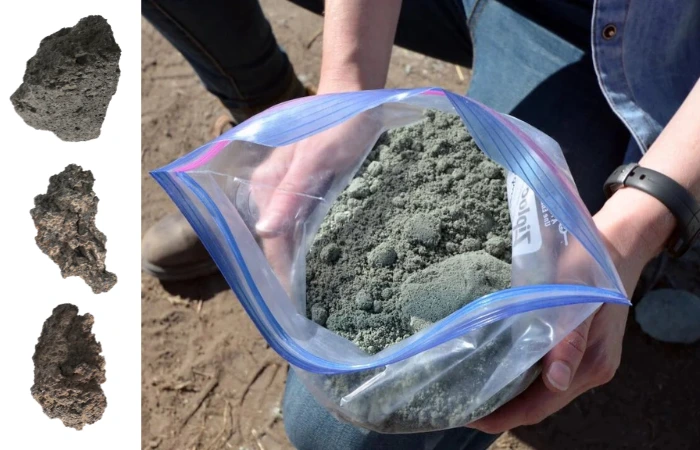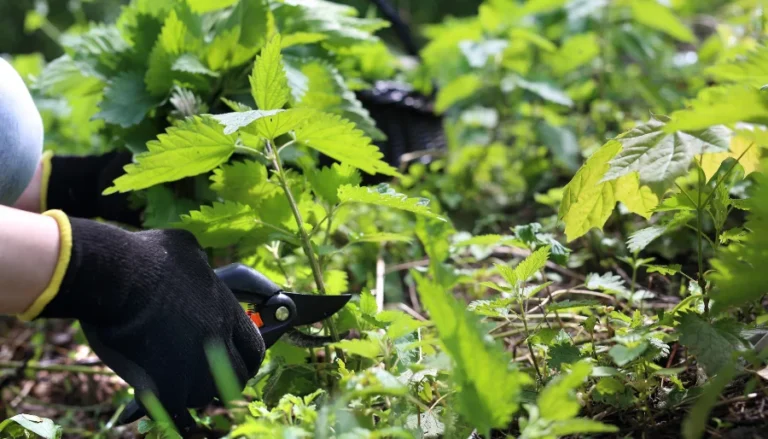Field trials conducted by researchers at UC Davis indicate that the application of finely crushed volcanic rock to agricultural lands has the potential to capture carbon from the atmosphere, a finding that holds promise even in arid regions.
This technique, referred to as ‘enhanced’ rock weathering, has been spotlighted in a study published in Environmental Research Communications, and was conducted in collaboration with Cornell University.
The process involves the reaction of rainwater with volcanic rock, resulting in the sequestration of carbon dioxide. While this natural rock weathering process can span millions of years, grinding the rock into a fine powder accelerates the process substantially.
Prior research has suggested that enhanced rock weathering has the potential to sequester up to 215 billion tons of carbon dioxide over the next 75 years if implemented across global agricultural lands.
However, the efficacy of this technique in dry climates has remained untested until now.
“The necessity of water for these reactions to occur led us to question the viability of enhanced weathering in arid regions,” explained Iris Holzer, the study’s lead author and a doctoral candidate at UC Davis. “It’s crucial to understand its potential on a global scale, and this study in California’s dry climate provides us with a promising indication.”

In their experiment, the researchers applied crushed metabasalt and olivine rocks over 5 acres of unused cornfield in Sacramento Valley, during the drought-stricken winter months of 2020-2021. The region received only 41% of its average historical rainfall.
Despite these challenging conditions, the plots with the crushed rock showed a carbon sequestration rate of 0.15 tons per hectare, outperforming the control plots.
“Extrapolating from our findings, applying this technique across all of California’s farmlands could have the equivalent effect of removing 350,000 cars from the roads annually,” Holzer noted. “This is a substantial contribution to carbon mitigation, even in a region with scarce rainfall.”
Holzer acknowledges that verifying and measuring carbon storage on a larger scale and over longer time periods is the upcoming challenge for researchers.
With 41% of the planet’s land surface consisting of drylands, and these areas expanding due to climate change, the researchers stress the urgency and importance of exploring enhanced rock weathering in these regions.





















